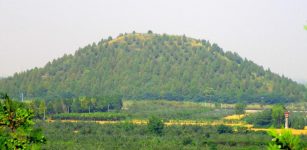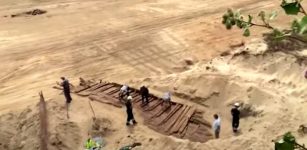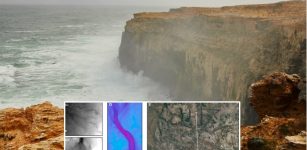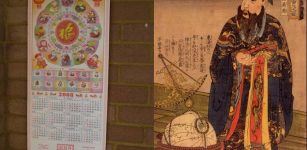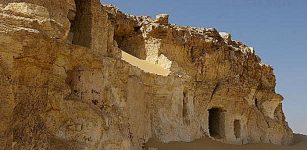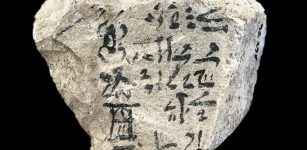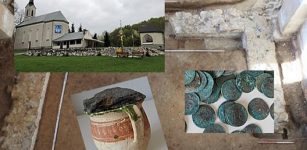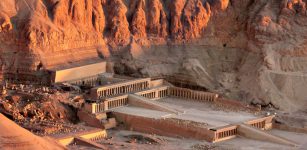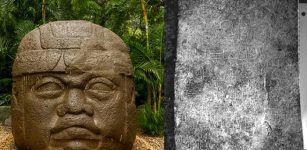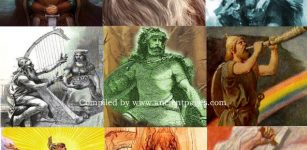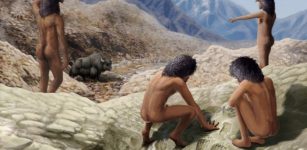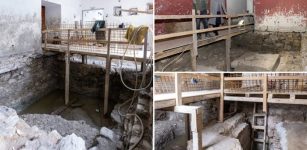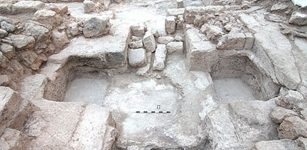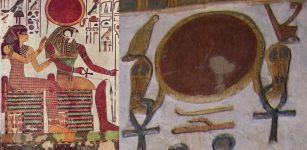Two 19th Dynasty Royal Statues Unearthed At Ancient Site Of Heliopolis, Cairo, Egypt
AncientPages.com - An 8-meter quartzite colossus possibly depicting Ramses II, one of ancient Egypt's most powerful pharaohs, has been unearthed by German-Egyptian archaeological team.
Excavations at the ancient archaeological site, Heliopolis (also known as “Oun”) in Cairo, also revealed limestone bust of Seti II, the fifth ruler of the 19th dynasty of Egypt and reigned from about 1200 BC to 1194 BC, reports Ahram Online.
The throne name of Seti II was named “Userkheperure Setepenre”, means "Powerful are the manifestations of Re, the chosen one of Re.”

A quartzite colossus possibly of Ramses II and limestone bust of Seti II are seen after they were discovered at the ancient Heliopolis archaeological site in Matareya area in Cairo, Egypt on March 9, 2017. Image: credits Ibrahim Ramadan via National Geographic Society.
Seti II, the son of Merneptah and Isetnofret II, sat on the throne during a period known for dynastic intrigue, plots and short reigns, and his rule was much the same.
See also:
66 Diorite Statues Of Lion-Headed Goddess Sekhmet Discovered In Luxor, Egypt
The both 19th dynasty royal statues were found in parts and in the vicinity of the King Ramses II temple in the temple area.
The statue of King Seti II is an 80cm tall bust of carved in limestone with fine facial features.
The second statue was found in large pieces. It appears to have been 8 meters long and carved in quartzite.
"Although there are no engravings that could identify such a statue, its existence at the entrance of King Ramses II’ temple suggests that it could belong to him," said Mahmoud Afifi, Head of the Ancient Egyptian Antiquities.
According to archaeologists, the Oun temple was once enormous place with magnificent structures, distinguished engravings, soaring colossi and obelisks.
Unfortunately, the temple suffered damages during the Graeco-Roman period, and most of its obelisks and colossi were transported to Alexandria and Europe.
During the Islamic era, the blocks of the temple were used in the construction of Historic Cairo.
Archaeologists will continue excavations in search of other statues and artefacts that could reveal more of the ancient Sun City’s secrets.
AncientPages.com




